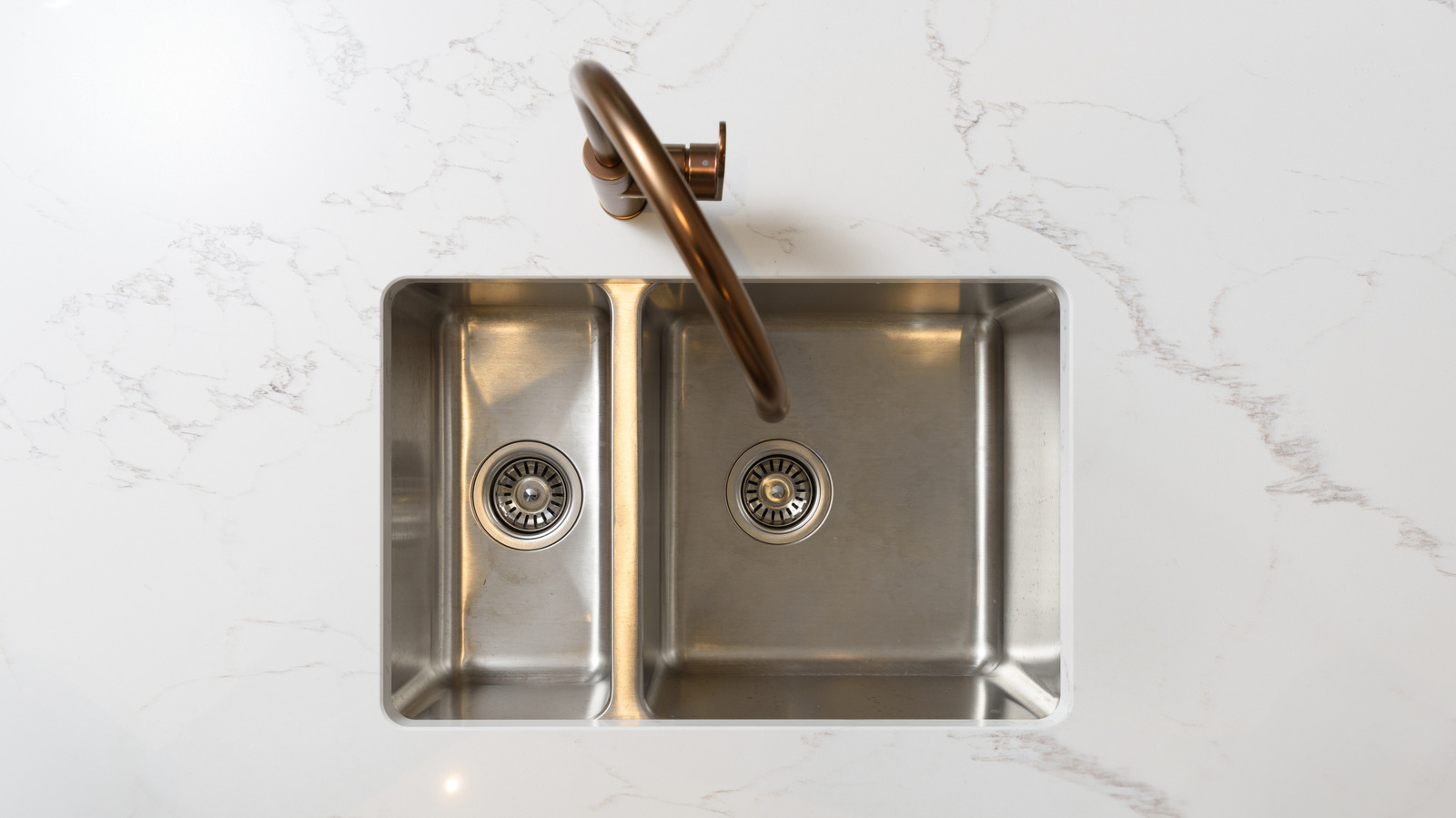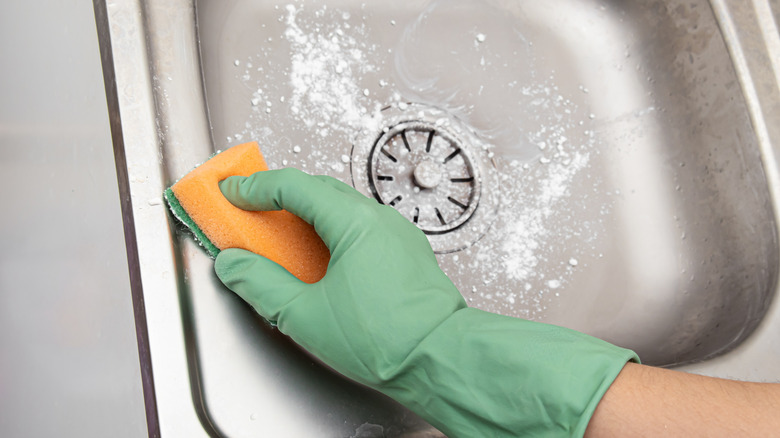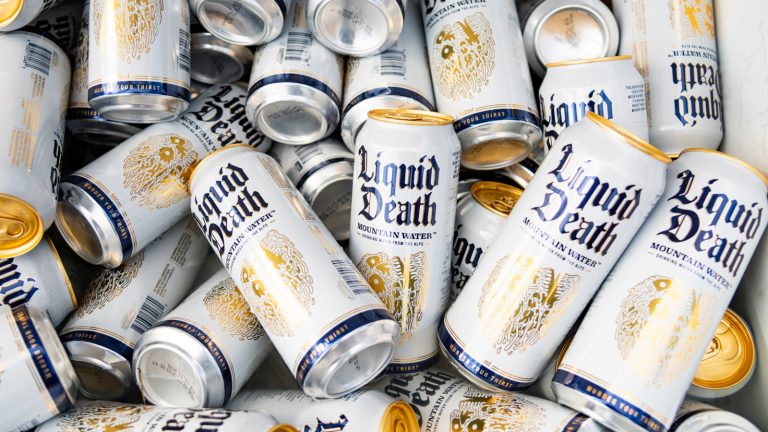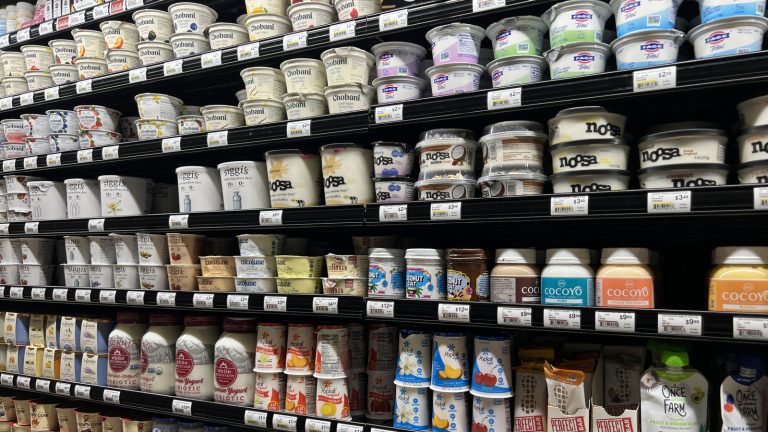There are several benefits of stainless steel sinks, including their durability, longevity, hygienic quality, and modern aesthetic. Although largely rust-resistant, this type of sink can show signs of wear over time, particularly heavily-used kitchen sinks. Luckily, they are fairly easy to clean, as long as some care is taken to avoid scratches. The best way to make your stainless steel sink look shiny and new again is to use non-abrasive cleansers that you probably already have in your kitchen: baking soda and vinegar.
Although stainless steel has a high resistance to corrosion due to its chromium content, overtime your sink can look dull and grimy due to the buildup of grease and food particles, as well as water spots and stains. While minimally wiping and rinsing your sink every day with dish soap will help prevent an overload of grime and grease accumulation, it’s important to do a deep clean at least once per week to keep your stainless steel sink in pristine condition.
Equally, if not more salient, cleaning your sink will help prevent the buildup of germs. It should come as no surprise that sinks, especially in the kitchen, are breeding grounds for bacteria. In a 2011 study, the National Sanitation Foundation found that kitchen sinks were the second “germiest home item” (kitchen sponges/rags being first). Thus, it’s crucial to clean and sanitize your kitchen sink on at least a weekly basis and especially when touched by raw meat to eliminate possible salmonella and E. coli contamination.
Tips for deep cleaning your sink
From polishing greasy pots and pans to freshening your dishwasher, baking soda and vinegar are extremely effective, yet gentle non-toxic cleansers. Alkaline or basic products like baking soda are great for dissolving grease, fat, and food particles, while acidic products like vinegar effectively eliminate rust, limescale buildup, and hard water stains. Additionally, when combined, these two cleansers produce carbon dioxide gas, resulting in a fizzing effect that helps dissolve dirt.
To eliminate grime, odor, and smudges, start by rinsing the sink to rid it of any food particles, then sprinkle enough baking soda to cover the sink’s entire surface. Using a microfiber cloth or gentle sponge, scrub in the direction of the grain to avoid scratches. Next, spray the sink with distilled white vinegar, scrub any remaining grime, and rinse thoroughly with warm water. Dry the sink with a microfiber cloth to prevent water spots. Optionally, wipe the sink with a fresh cut lemon to eliminate odor and/or make it shine with a few drops of olive or coconut oil.
To sanitize your sink, the USDA recommends using a solution of 1 tablespoon liquid chlorine bleach per 1 gallon of water. After cleaning the sink, spray it with the solution, wipe it down, and let it dry. Keep in mind, sanitizing kills bacteria, not viruses. To kill viruses, the CDC recommends using a stronger solution of 5 tablespoons of bleach per gallon of water. Alternatively, you can try a bleach-free way to disinfect your kitchen sink.






